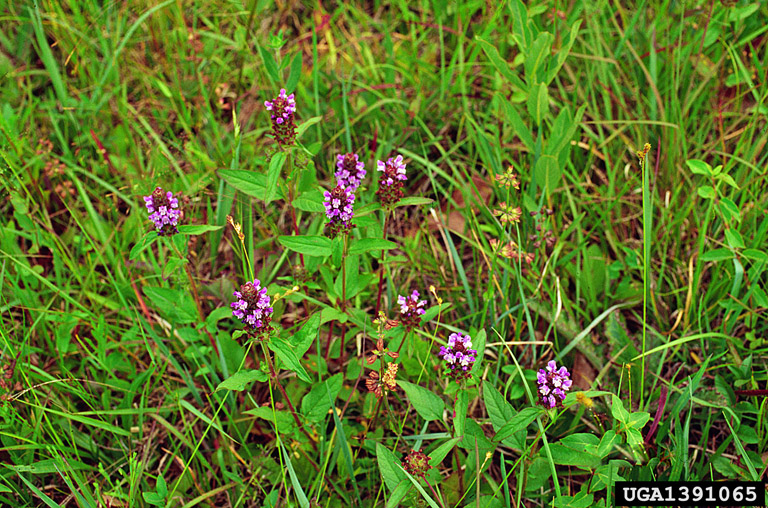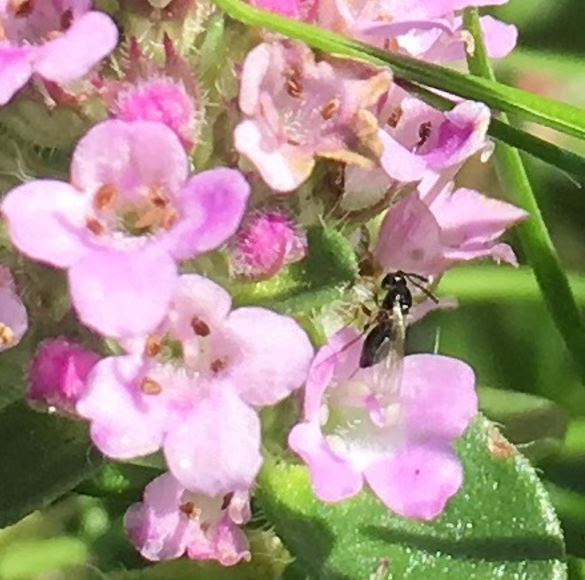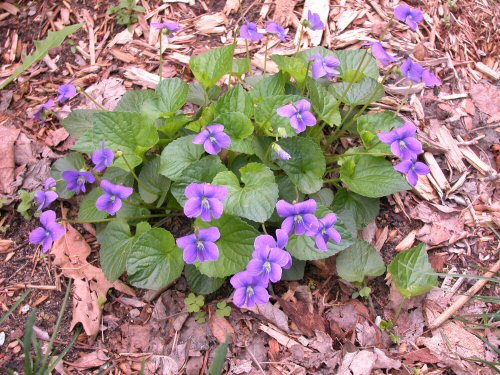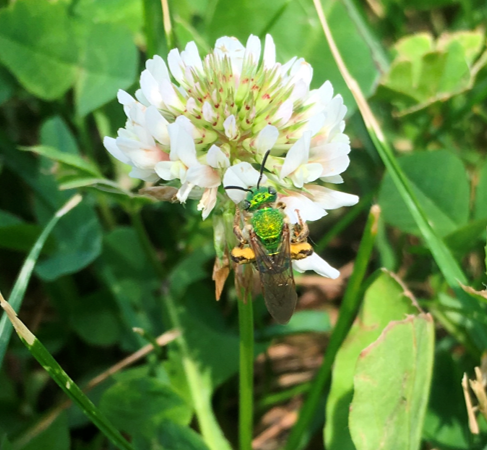Consider a flowering bee lawn to help pollinators
Another tool to make your yard more attractive to bees and other pollinators.

As Michigan State University Extension handles questions regarding lawn rejuvenation, we draw attention to another option for keeping a green lawn and helping pollinators. A flowering lawn or “bee lawn” is a mixture of grass seed and low-growing flowering plants that tolerates foot traffic and will add color to your lawn. Creating a bee lawn does not require drastic change in your garden. Start by converting a small area that has suitable drainage and sunlight. If the results are good, you can expand to additional areas of the lawn.
Which grasses are part of a bee lawn?
Fine fescue is one of the main grass species composing a bee lawn (Photo 1). These grasses have beneficial qualities that include lower fertility needs, reduced watering frequency in the summer, tolerance to shade or sunlight, and minimal mowing every three to four weeks. One downside to fine fescue lawns is reduced tolerance to heavy foot traffic. In an area with heavy recreational use, fine fescues could be a poor choice. To tolerate more foot traffic, seed with one or more of these low-growing bee lawn plants that are attractive to a variety of bees:
Selfheal (Prunella vulgaris) – blooms with spikes of purple flowers between July – August with purple flowers (Photo 2). It grows to heights of between 6-12 inches in full or partial sunlight. This plant grows well in acidic, neutral, and alkaline conditions in clay or sandy soils.

Creeping thyme (Thymus serpyllum) - has white or purple flowers that bloom mid-summer though Fall (Photo 3). It grows to less than 6 inches, does best in well-drained soils, is drought tolerant and is deer-resistant. This species is not native to Michigan.

Dutch white clover (Trifolium repens) - an excellent flowering plant growing to heights of 4-6 inches that will bloom May – September within a bee lawn. Many gardeners will find their lawns already have been seeded with a mix that includes white clover (Photo 4). The white flowers of this plant attract many bumble bees and smaller bees. In addition to adding a carpet of white, white clover will fix Nitrogen into the soil.

Violets – may establish naturally in lawns; They are found in an array of purples, yellows and whites that bloom in the Spring and reach heights of 4-8 inches. The best choice for a bee lawn is the native Viola sororia (Photo 5) rather than the non-native Viola odorata. They are a welcome source of nectar for pollinators, and the common violets are egg-laying sites for certain skipper moths. Violet can grow across in all types of soil and in shade or direct sunlight.

Does a bee lawn mean I could get stung?
Most of the bees that will visit flowering plants are small solitary bees that are unlikely to nest within the lawn (Photo 6). Wild bees are naturally docile and will fly away if approached too close. A bee lawn should not attract social wasps like yellow jackets and bald-faced hornets, which sting aggressively.

How can I set up a flowering bee lawn?
Before seeding a bee lawn, mow the lawn as low as possible and rake the clippings to expose as much soil as possible.
A bee lawn can be direct seeded with a bit of sand or compost added in to help the seeds germinate. If purchasing a large bag of bee lawn plant mix, check the ingredients first to see if a filler has already been added before adding more sand or compost. Alternatively, compost can be broadcast across the lawn (especially in areas with patchy lawn) and then the seeds can be sprinkled across those areas. Many seeds benefit from an initial soil/seed contact; therefore, gently raking the area immediately after seeding will remove soil compaction and help the seeds settle.
Bee lawns can be seeded in the early Spring after snow melt if you want to see blooms in the first year. They can also be seeded in late August – mid September, though blooming flowers are unlikely until the following season. Bee lawns can also be started through dormant seeding, which involves spreading seed in early November when soil temperatures are close to 40 degrees. The plants will not germinate at that time, but the snow cover will aid in protecting the seeds. As the snow melts in the Springtime the seeds will accumulate warmth for more prolific bloom in year 1. After seeding, the area should be watered gently for the first 2-3 weeks until they begin sprouting.
If you prefer to remove all existing turf before seeding, a rototiller or sod cutter would be an effective tool to use. Lawns that suffer from high levels of weed pressure may do well from several weeks of solarization or sheet mulching before seeding with fescue and flowering perennials.
Other maintenance for bee lawns
Bee lawns do not need regular fertilizer application. If lawns brown due to concerns other than disease or drought stress, then additional nitrogen (N) may be needed. All bee lawns can be mown to 3 inches and require less frequent mowing than a standard turf lawn. Occasional dethatching can pull out dead leaves and brown spots without disturbing the soil. Any remaining bare patches can be reseeded. As the goal of a bee lawn is to enhance pollinator populations, an herbicide application to manage unwanted weeds would do the opposite.
To learn more about developing and installing bee lawns, view a recently recorded MSU Extension webinar on flowering bee lawns.



 Print
Print Email
Email